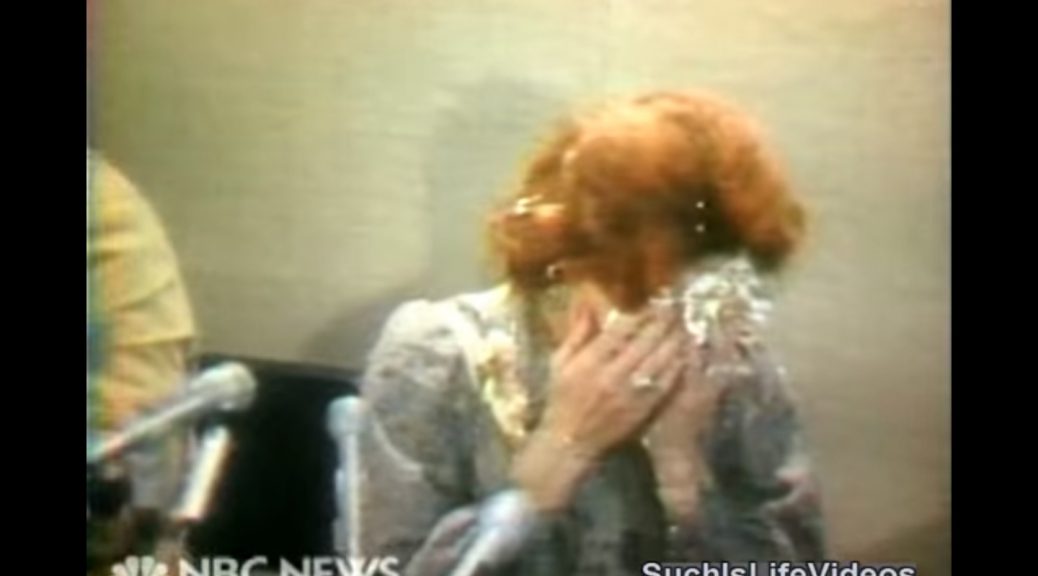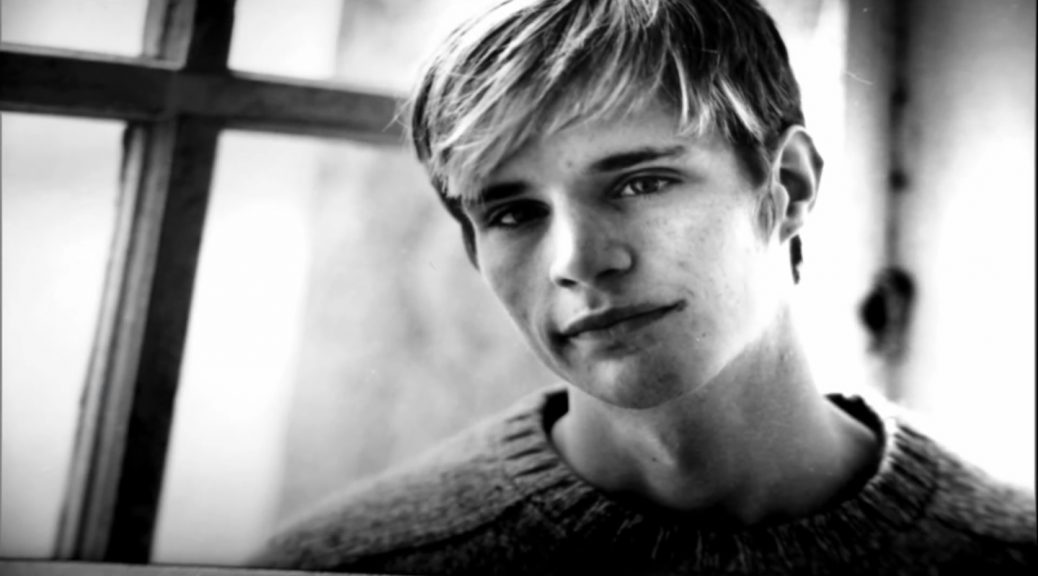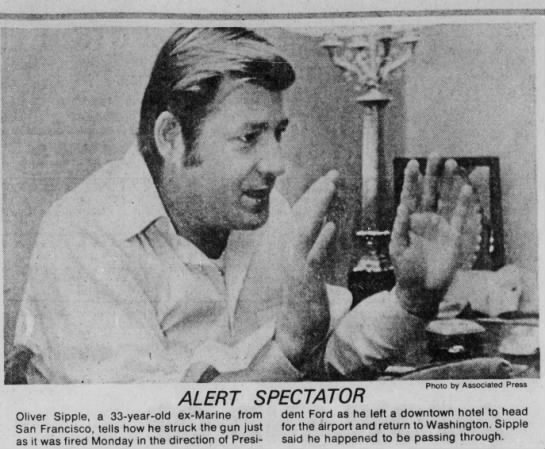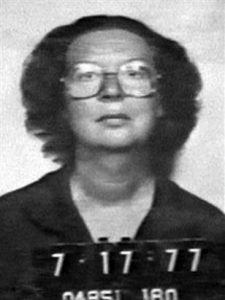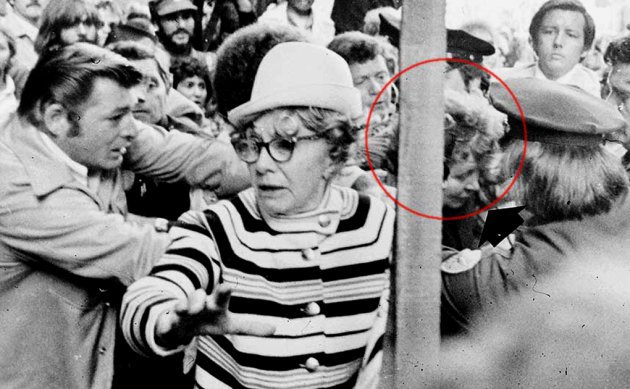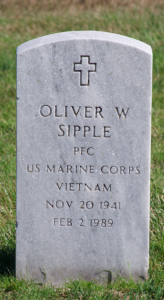Anita Bryant Pied 1977
October 14, 1977
Many young people today don’t recognize the name Anita Bryant, but for Boomers she is someone who we associate with at least two things: selling orange juice and selling homophobia.
Bryant was born on March 25, 1940 in Barnsdall, Oklahoma. As a child she enjoyed singing and sang on stage starting at the age of six at various fairgrounds. Bryant also sang occasionally on radio and television.
Anita Bryant Pied 1977
Miss Oklahoma
Bryant became Miss Oklahoma in 1958 and was a second runner-up in the 1959 Miss America beauty pageant at age 19. She had just graduated from high school.
In 1960, Bryant married Bob Green. They had four children together.
Anita Bryant Pied 1977
Singer
In the early 60s, she had a successful singing career with minor hits such as “Till There Was You” (1959, US #30), “Paper Roses” (1960, US #5), “In My Little Corner of the World” (1960, US #10); and “Wonderland by Night” (1961, US #18).
Bryant performed the National Anthem at Super Bowl III in 1969 and sang “The Battle Hymn of the Republic” during the halftime show of Super Bowl V in 1971 and at the graveside services for Lyndon B. Johnson in 1973.
Anita Bryant Pied 1977
Florida Citrus Commission spokesperson
In 1969 Bryant became a spokeswoman for the Florida Citrus Commission and was often seen on commercials that featured her singing “Come to the Florida Sunshine Tree.” She also appeared in advertisements for Coca-Cola, Kraft Foods, Holiday Inn and Tupperware.
Anita Bryant Pied 1977
Political activist
In 1977, Dade County, Florida, passed an ordinance that prohibited discrimination on the basis of sexual orientation. Bryant led a campaign to repeal the ordinance as the leader of a coalition named Save Our Children [later the name changed due to the actual Save Our Children group protesting against the group’s use of the name]. Jerry Falwell assisted her.
She said, What these people really want, hidden behind obscure legal phrases, is the legal right to propose to our children that theirs is an acceptable alternate way of life. […] I will lead such a crusade to stop it as this country has not seen before.
She also stated, “As a mother, I know that homosexuals cannot biologically reproduce children; therefore, they must recruit our children” and “If gays are granted rights, next we’ll have to give rights to prostitutes and to people who sleep with St. Bernards and to nail biters.”
Bryant’s campaign led to a repeal of the anti-discrimination ordinance in June by a margin of 69 to 31 percent. Following the repeal, the Florida legislature approved a measure prohibiting gay adoption, a ban that lasted until 2008.
Anita Bryant Pied 1977
Anita Bryant Pie
Emboldened by her success in Florida, Bryant and her husband went national with their anti-gay message, but on October 14, 1977 while in Des Moines, Iowa,, a gay rights activist pushed a whipped cream pie into Anita Bryant’s face during a press conference. Her reaction was to say “Well, at least it’s a fruit pie” (being derogatory) and with her husband’s encouragement, praying for the activist and asking for his forgiveness.
As her campaign grew, so did a reaction to it. Gay organizations began an orange juice boycott which eventually many celebrities supported, including Barbra Streisand, Bette Midler, Dick Clark, Carroll O’Connor, Mary Tyler Moore, Charles Schulz, Billie Jean King, and Jane Fonda.
Anita Bryant Pied 1977
Decline
In 1979, the Florida Citrus Commission dropped let Bryant’s contract lapse. She divorced her husband in 1980, which angered many of the fundamentalist Christians that had supported her anti-gay campaigns. She and her second husband tried to reignite her career with the “Anita Bryant’s Music Mansion.” It went bankrupt as did other business ventures.
She continues to defend her anti-gay activism and views. In an odd way, one can argue that her vocal homophobia helped organize the LGBTQ community in ways that had not happened before. Having said that, it also organized the anti-gay movement that continues today.

